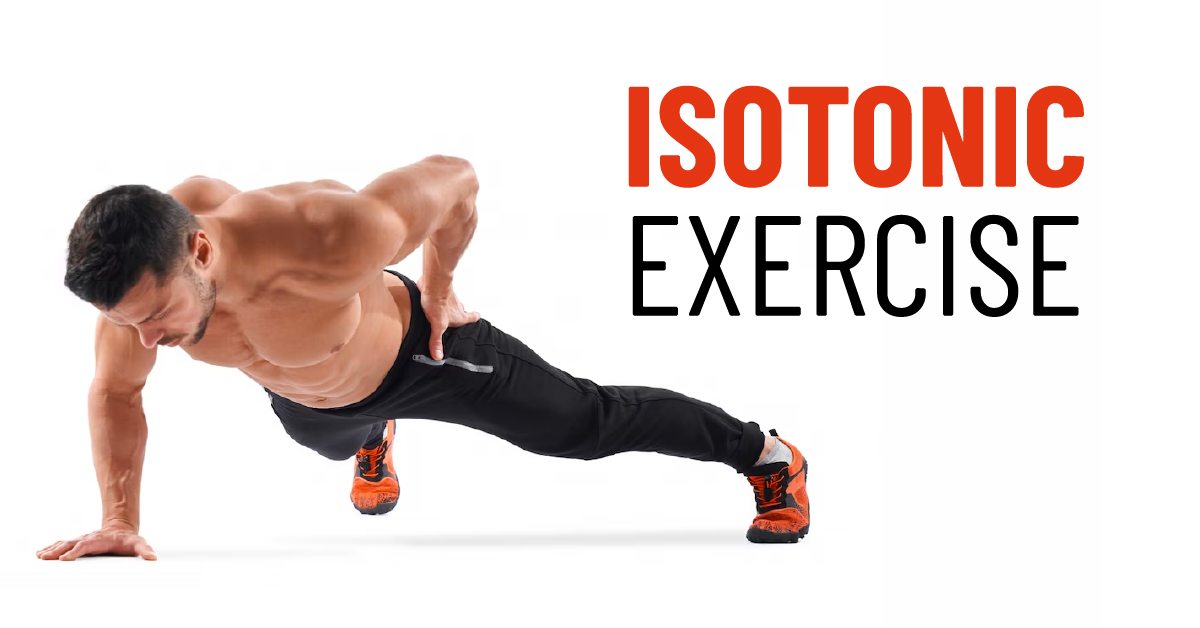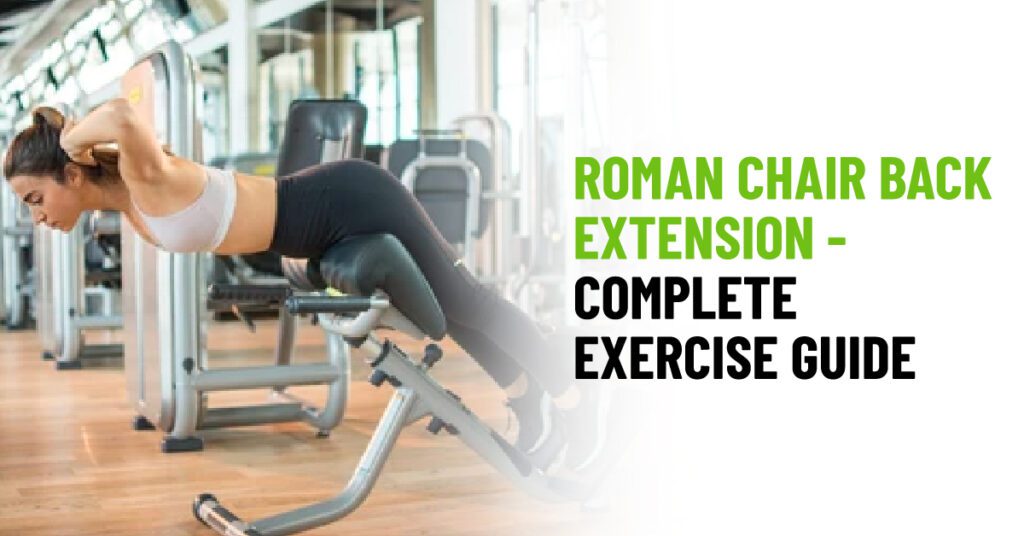Complete Guide of Isotonic Exercise

Also available in
Isotonic Exercise is a popular form of physical activity that involves the use of resistance to build muscle strength and endurance. This type of exercise is characterized by the constant tension in the muscles throughout the movement, which helps to improve muscular fitness and promote overall health and wellness. Isotonic exercise can be performed using weights, resistance bands, or body weight, and can be customized to meet the needs and goals of individuals at different fitness levels.
This article aims to provide you with a comprehensive guide to isotonic exercise, offering insights based on first-hand knowledge and credible sources.
Whether you are a fitness enthusiast or a novice, this article will help you understand the nuances of isotonic exercise, its benefits, and its techniques, empowering you to make the most of your workouts and achieve your fitness goals.
What is Isotonic Exercise?
Isotonic exercise is a type of strength training that involves continuous muscle contractions against constant resistance, leading to a change in muscle length. During isotonic exercises, the muscle’s tension remains constant throughout the entire range of motion, promoting muscle strength, endurance, and flexibility.
Benefits of Isotonic Exercise
Building Muscle Strength: Isotonic exercise helps to build muscle strength by placing stress on the muscles, which causes them to adapt and become stronger over time.
Increasing Endurance: Regular isotonic exercise can increase muscle endurance, allowing you to perform physical tasks for longer periods without experiencing fatigue.
Improving Flexibility: Isotonic exercise can help improve flexibility by promoting a greater range of motion in the joints and muscles.
Enhancing Bone Density: Weight-bearing isotonic exercises, such as weightlifting, can help improve bone density and reduce the risk of osteoporosis.
Boosting Metabolism: Isotonic exercise can help boost metabolism, allowing the body to burn calories more efficiently and aids in weight management.
Improving Cardiovascular Health: Isotonic exercise can provide cardiovascular benefits, such as reducing blood pressure and improving circulation.
Reducing Stress and Anxiety: Exercise in general, including isotonic exercise, can help reduce stress and anxiety by promoting the release of endorphins, which are natural mood boosters.
Commonly Used Equipment for Isotonic Exercise
Isotonic exercises can be performed using a variety of equipment, allowing individuals to tailor their workouts according to their fitness levels and goals. Some commonly used equipment includes:
- Dumbbells: Versatile and suitable for various exercises targeting different muscle groups.
- Resistance Bands: Ideal for portable workouts and effective in engaging multiple muscle groups.
- Barbells: Provide stable resistance for compound movements and strength-building exercises.
- Kettlebells: Effective for functional training and promoting balance and coordination.
- Bodyweight: An accessible option for isotonic exercises, requiring no equipment.
Example of Isotonic Exercise
Weightlifting: Lifting weights is a classic example of isotonic exercise. You can perform a range of exercises, such as bicep curls, chest presses, and squats, using dumbbells, barbells, or weight machines.
Resistance band exercises: Resistance bands are a versatile piece of equipment that can be used to perform a range of isotonic exercises, such as bicep curls, lateral raises, and leg presses.
Push-ups: Push-ups are a classic bodyweight exercise that involves pushing your body up and down using your arms, shoulders, and chest muscles.
Lunges: Lunges are a bodyweight exercise that involves stepping forward with one foot and lowering your body until your front knee is bent at a 90-degree angle.
Squats: Squats are another bodyweight exercise that involves lowering your body into a seated position and then standing back up. You can add weight to squats by holding dumbbells or using a barbell.
Pull-ups: Pull-ups are an upper body exercise that involves pulling your body up towards a bar using your arms and back muscles.
Isotonic Exercise List
Here is a list of isotonic exercises for different muscle groups :
Upper body exercises:
- Bicep curls
- Tricep extensions
- Chest press
- Shoulder press
- Lateral raises
- Pull-ups
- Dumbbell rows
Lower body exercises:
- Squats
- Lunges
- Deadlifts
- Leg press
- Calf raises
- Glute bridges
- Step-ups
Full-body exercises:
- Burpees
- Thrusters
- Kettlebell swings
- Clean and press
- Battle ropes
- Rowing machine
Conclusion
Isotonic exercise is a versatile and effective way to train muscles, improve overall fitness, and achieve specific health goals.
By understanding the fundamentals, exploring various techniques, and addressing common questions, you can embark on a successful isotonic exercise journey.
Remember to prioritize safety and proper form to maximize the benefits and prevent injuries.
So, incorporate isotonic exercise into your fitness routine and witness the transformative impact it can have on your physical well-being.
Frequently Asked Questions (FAQs)
Is isotonic exercise suitable for beginners?
Yes, isotonic exercise is suitable for beginners as it allows for adjustments in resistance levels and the use of bodyweight exercises. Start with lower weights or resistance bands and gradually increase intensity as you progress.
Can isotonic exercise help with weight loss?
Yes, isotonic exercise can aid in weight loss by burning calories and boosting metabolism. Combining isotonic workouts with a balanced diet can lead to effective weight management.
Are isotonic exercises safe for individuals with joint issues?
Isotonic exercises can be safe for individuals with joint issues if performed with proper form and under the guidance of a fitness professional. Low-impact exercises and using resistance bands can be beneficial.
How often should I do isotonic exercises?
The frequency of isotonic exercises depends on your fitness goals and overall workout routine. Aim for at least 2-3 sessions per week, allowing time for muscle recovery.
Can I do isotonic exercises at home without equipment?
Yes, many isotonic exercises can be performed at home without equipment, using your body weight for resistance. Incorporate exercises like push-ups, squats, lunges, and planks for a full-body workout.
Can isotonic exercise improve athletic performance?
Yes, isotonic exercise can enhance athletic performance by improving muscle strength, power, and endurance, leading to better sports performance.
We would love to hear your thoughts! Drop a comment below and share this valuable article with your social circle. Let’s empower everyone to unlock the potential of isotonic exercise for a stronger and more active lifestyle.
More Workout.






